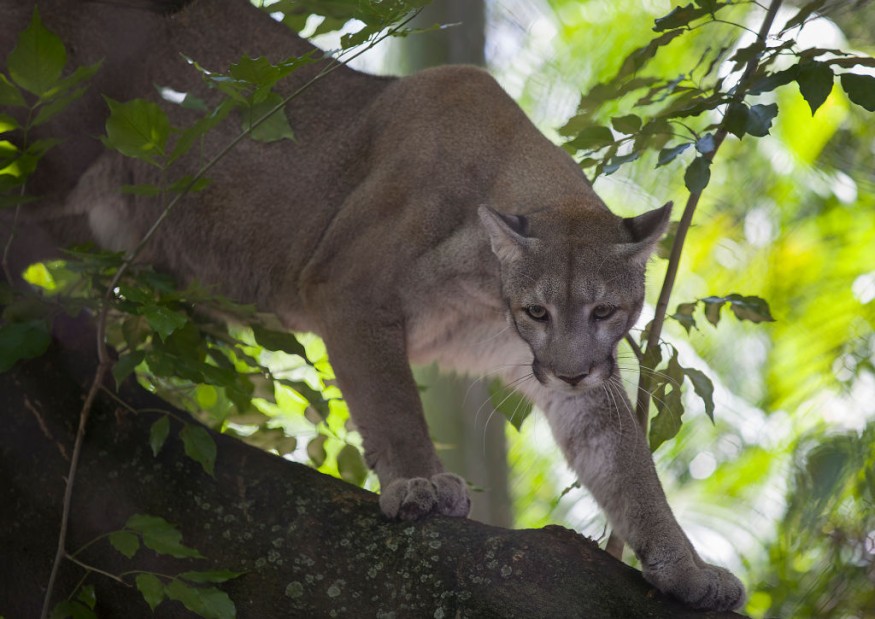According to a study published in the Journal of Applied Ecology, Florida panthers have a higher number of white-tailed deer kills in the southwest area of the state than humans that hunt do.
The Florida panther, an endangered species, has recently been the focus of conservation efforts in South Florida. Habitat degradation caused by humans, as well as being hit by vehicles and fighting between males, are identified as the main threats to the panthers.
Panthers with kinked tails, as well as sperm and heart problems, are the issues seen in inbreeding. Because low populations raised crises about inbreeding, scientists started genetic restoration efforts in the mid-1990s. This allowed the panther population to grow significantly, from 20 to 30 individuals in 2007 to about 200 in 2017.

The Florida panther still had a very small population, but it represents a significant improvement over previous figures.
Because there were once so few panthers in Florida, they posed little threat to deer. Back then, the majority of dear deaths were accounted for by bobcats and hunters.
As Richard Chandler, associate professor at the Warnell School of Forestry and Natural Resources at the University of Georgia, points out, the situation has now changed.
According to Chandler, panther predation has gone from being a minor cause of death for deer to being the primary cause of death.
Rising Deer Death Toll
Between 2015 and 2018, researchers tracked 241 deer in the Big Cypress National Preserve and the Florida Panther National Wildlife Refuge. The team found 96 deer killed by panthers, seven by bobcats, and one by a human during that time.
According to the IUCN Red List, white-tailed deer are a species of least concern. However, the species is said to be critical to the local hunting industry. The most popular game species in the state is the white-tailed deer, which generated the majority of the $716 million in estimated annual revenue from hunting-related expenditures in 2011 alone.
The high number of deer killed by panthers presents a challenge for the state, which must strike a balance between the competing demands of maintaining a large predator population and ensuring enough deer population for human hunters, Newsweek reports.
Hunter harvest was heavily restricted, according to Chandler, for the benefit of the deer population and to ensure that panthers had plenty of prey.
Chandler further explains that authorities don't want to shut down hunting opportunities, but they also don't want the harvest to be so high that it suppresses the prey population and prevents the panthers from recovering.
The findings of their study, according to Chandler, emphasize how difficult that will be. More research is needed to see if better habitat management can boost the deer population for the benefit of panthers and humans.
Florida Panthers
Florida panthers are a mountain lion subspecies. They're tan, large cats. Except for the whitish-gray chest and belly, their bodies are mostly covered in tawny-beige fur. The tip of the tail, the snout, and the ears have black markings. Panthers in Florida are omnivores. White-tailed deer, raccoons, feral hogs, and other medium-sized mammals and reptiles are among their prey. Panthers in Florida also stalk birds.
Related article : Nearly Extinct Florida Panther Returns to the Wild North
© 2025 NatureWorldNews.com All rights reserved. Do not reproduce without permission.





